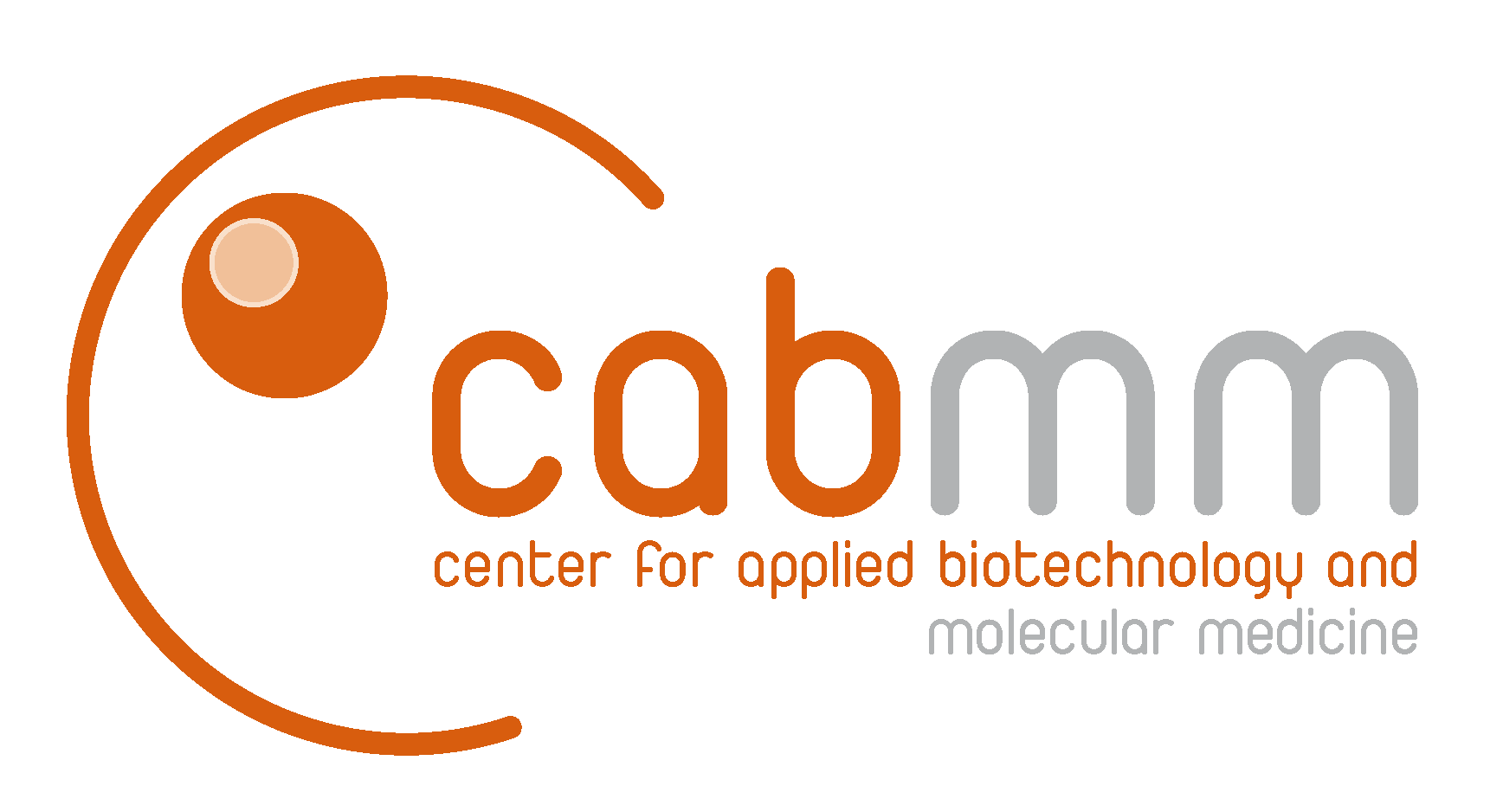Skin Engineering Group
History
In 2014, the Skin Engineering Research Group was created, based on the cooperation between the Department of Plastic Surgery and Hand Surgery (Prof. Dr. med. Pietro Giovanoli, Prof. Dr. med. Maurizio Calcagni) and the Center for Regenerative Medicine (Simon P. Hoerstrup, MD, PhD) of the University Hospital Zurich and La Colline, a swiss skin-care brand who made it its mission to render cultivated skin grafts better and safer. The main goal of the group is the determination of reliable safe, traceable and efficient methods to develop a cell-based therapy for the wound treatment of burn patients.
In addition to the financial support of the Innovation Pool of the University Hospital Zurich, the research group was supported by resources made available by La Colline. La Colline, with its CEO Ghislain Pfersdorff, funded the La Colline Fellowship Program in 2014, with Dr. Laura Frese as the first recipient of the La Colline Fellowship. This allowed therewith to build momentum and attract further funds and collaborators to further develop the project. The cooperations between the University Hospital, the University of Zurich and La Colline is characterized by a strong internal networking between the brand, the clinic, the lab and the research teams, as well as a strong network at a national and international level. In 2018 La Colline provided additional resources, allowing the Skin Engineering Group to move to the CABMM Research Platform, located in the prestigious Irchel Research Campus of University of Zurich and to open the “La Colline Skin Engineering Lab”.
Research
An important function of human skin is the protection of the organism from external influences. In large burns, the loss of this protective barrier is dramatic for the whole organism. The epidermis and partly even deeper skin layers are often irreparably damaged. Autologous keratinocytes have been shown to enhance and speed up wound healing in the clinic. This has been especially critical in treating patients with larger burn wounds. Based on the pioneering work of Rheinwald and Green in the 1970s, the technique of producing cultured epidermal autografts, also termed CEA, has evolved to best conform to clinical and manufacturing standards (GCP and GMP respectively), but the fundamentals remain the same.
Small areas of the patient’s intact skin are used to cultivate new artificial skin to treat burned areas. These cultivated patient-specific skin transplants usually consist of 3-5 keratinocyte layers, the main cell type of the epidermis. Traditionally, the harvested cell population is cultured over a feeder layer and expanded over a period of three weeks to produce a multi-layered cellular sheet. The predominantly keratinocyte-formed sheets are carefully detached and transposed onto a dressing material to facilitate subsequent implantation in the operation room. For burn patients suffering from more than 40% total body surface area burns, 50 to 100 sheets are often needed to promote the fast closure of wounds and reestablishment of the skin barrier.
So far, the burn unit at the University Hospital of Zürich has had to outsource cultured grafts and commit to a strict timeline of implantation dictated by the provider, 20-22 days after biopsy harvest. As the patients receiving these grafts are often unstable and prone to infection, restricting the days of implantation to a narrow 3-day window can sometimes lead to the loss of a whole batch of grafts because the patient is not in a state to undergo a grafting procedure. Furthermore, the current culture epidermal autograft production method relies on the use of murine feeder cells and fetal bovine serum, both associated with additional potential risks.
Our Team has established a method to produce cultured autologous keratinocyte grafts from human skin biopsies without the need for any feeder layer (murine or others) and without using bovine serum. The methodology has been reliable in over 100 biopsies processed to date. Furthermore, we have also established a protocol to produce a live graft as early as 18 days after biopsy harvest. We have also shown the stability of the graft up to 25 days after biopsy harvest. This, we anticipate, would give surgeons a much wider window to graft their patients and would have the production process answer to the patient needs, rather than the other way around.
The project’s main aim is to produce reliable, safe, traceable autologous keratinocyte sheets to treat patients in the burn unit, all the while providing the surgeons with a window of flexibility in order to optimize the grafting date to the health of the patient. The project also aims to characterize and better understand how keratinocyte sheets can enhance the wound bed and accelerate wound healing. The effect on the health of burn patients is expected to be very important, impacting wound healing in a significant manner, all the while developing and growing the USZ/UZH capabilities in tackling the needs of specialized medicine.
Skin Engineering Lab Report 2023
For more information please download the Skin Engineering Lab Report 2023 here (PDF, 7 MB)


